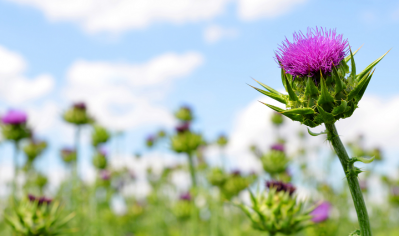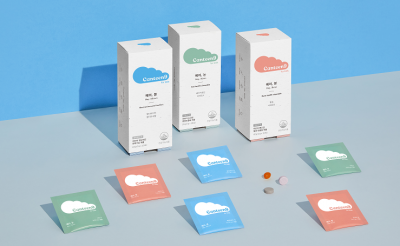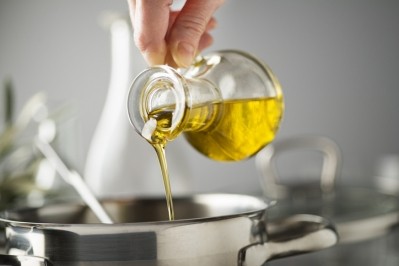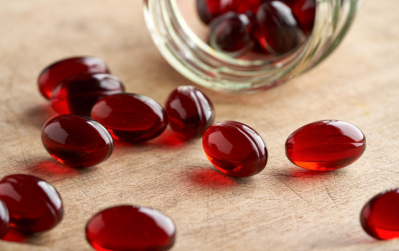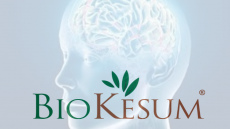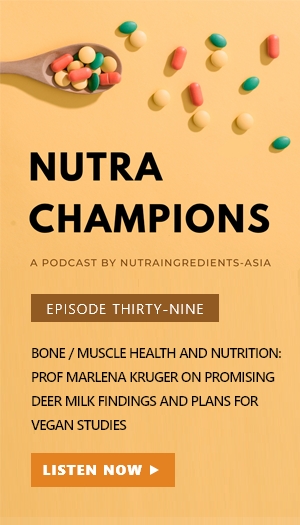Omega-3 oxidation: South Korea considering new standardising measurements in EPA, DHA products
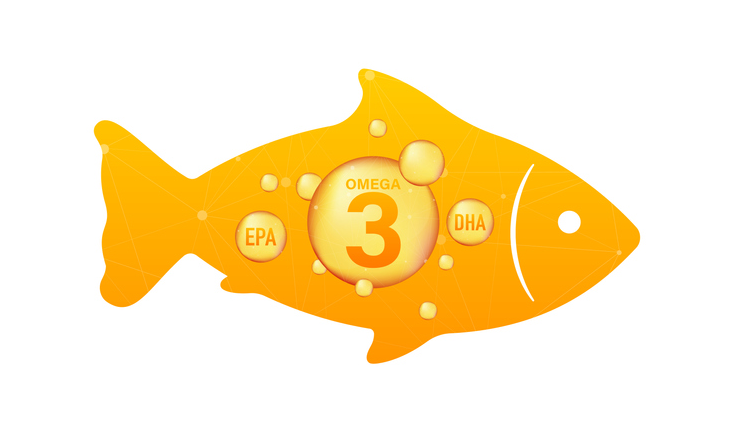
Oxidation has been a prime concern for EPA and DHA products. There are differing views amongst scientists as to whether consuming oxidative products from lipids could be harmful.
The Ministry of Food and Drug Safety (MFDS) has proposed to measure the oxidative value based on either the raw material of EPA and DHA or the final product.
Companies can use the peroxide value, the p-anisidine value, the acid value, or the total oxidation number (TOTOX) when measuring oxidation in EPA and DHA products.
For instance, companies can measure the oxidation of 1) the raw material containing 100 per cent of EPA and DHA, or 2) the final product made from the raw material.
Otherwise, they can also measure 3) the raw material containing only EPA and DHA containing lipids and added antioxidants, or 4) the final product made from the raw material.
The authorities said it hoped to reduce the ambiguity on how the oxidation value of these products was determine.
Currently, peroxide value and p-anisidine values are the most commonly used when measuring oxidation, according to the Global Organisation for EPA and DHA (GOED).
Speaking to NutraIngredients-Asia, Dr Frank Kim, founder and CEO of South Korea-based regulatory consultancy SEAH Bio, believes that the suggestion is also to close the gap between locally made and imported EPA and DHA products.
“This is because shipments from the global companies require time to be exported over, and sometimes, the testing methods or the condition and stability of the products from the global companies might be slightly different from products made in Korea.
“As such, the MFDS is trying to close the gap between global and local companies.”
He added that problems associated with EPA and DHA omega-3 oils were some of the key issues that companies have presented to the MFDS.
“Currently, the monogram for the current EPA and DHA is not so clear as to how [companies] can determine the oxidation value.
“For example, some EPA and DHA supplements manufacturers will add in antioxidants into the formulation. This will affect the calculation of the oxidation value and is unfair.
“The MFDS has started looking into this issue many years ago and is now trying to make it clearer on the specific cases when companies could use either the peroxide value, the anisidine value, or the total oxidation value when measuring oxidation in EPA and DHA products,” Dr Kim said.
Public consultation on the issue has started and will end on June 11.
What’s what?
The peroxide value is a measurement of how much peroxide is present in oil. This is a measure of primary oxidation because when polyunsaturated fatty acids oxidize, the first compounds created are peroxides.
The problem, however, is that while the peroxide value initially increases as oil oxidizes, it could decrease as the peroxides are consumed during further oxidative reactions.
“So a low peroxide value is not necessarily an indicator of high quality oils by itself, which means that measures of secondary oxidation are also often used to determine the true ‘freshness’ of an oil,” GOED explained in a report.
On the other hand, the p-anisidine value is determined by measuring the light absorbed by the EPA and DHA oils.
It primarily measures the presence of 2-alkenals and 2,4-alkadienals, which are secondary oxidation products that react with para-anisidine in acidic conditions to turn yellow.
GOED only recommends this test for EPA and DHA oils in triglyceride or ethyl ester form that do not contain natural pigments or added ingredients.
The TOTOX number, on the other hand, integrates both parameters into one value, which is helpful to express the overall oxidative quality of the oil product.
“In practice, GOED members use peroxide value, anisidine value and the Totox number to determine the oxidative status of an EPA/DHA omega-3 ingredient oil or finished product.
“The three parameters are used together to get a good impression about the oxidative quality of an oil rich in polyunsaturated fatty acids,” Gerard Bannenberg Director of Compliance and Scientific Outreach at GOED told us.
According to him, if an oil is acutely exposed to air for example, but then stored properly under conditions where further oxidation cannot take place, the peroxide value will have gone up but then drop back down, while anisidine value will increase a little.
This is because the peroxides have transformed into secondary products.
If an oil is stored improperly and is continuously exposed to air, the peroxide value will be elevated continuously, and the secondary oxidation products will keep accumulating, leading to a continuously increasing anisidine value over time.
Acid value, other the other hand, is an indicator of oil degradation but is not directly related to oxidation and is not used to determine oxidative quality.
In the case of Asia, he understands that companies in China and Japan do not typically measure anisidine value, since it is not required.
However, he stressed that it is required for GOED members to measure this value.
Other proposals
On the other hand, the Korean authorities have suggested taxonomy changes to seven Lactobacillus strains currently approved for use in the country.
For example, L. casei, L. paracasei, and L. rhamnosus will be carved out from the genus Lactobacillus and recategorized as Lacticaseibacillus.
Other examples include L. fermentum and L. reuteri, which are also taken out from Lactobacillus and recategorized as Limosilactobacillus.
L. plantarum will be part of Lactiplantibacillus and L. salivarius part of Ligilactobacillus.
The suggestion is made to align with international standards. These taxonomic changes to the genus Lactobacillus was introduced last year.
Dr Kim said the proposed changes would not lead to significant impact for manufacturers, since the short forms of the strains would remain the same.
